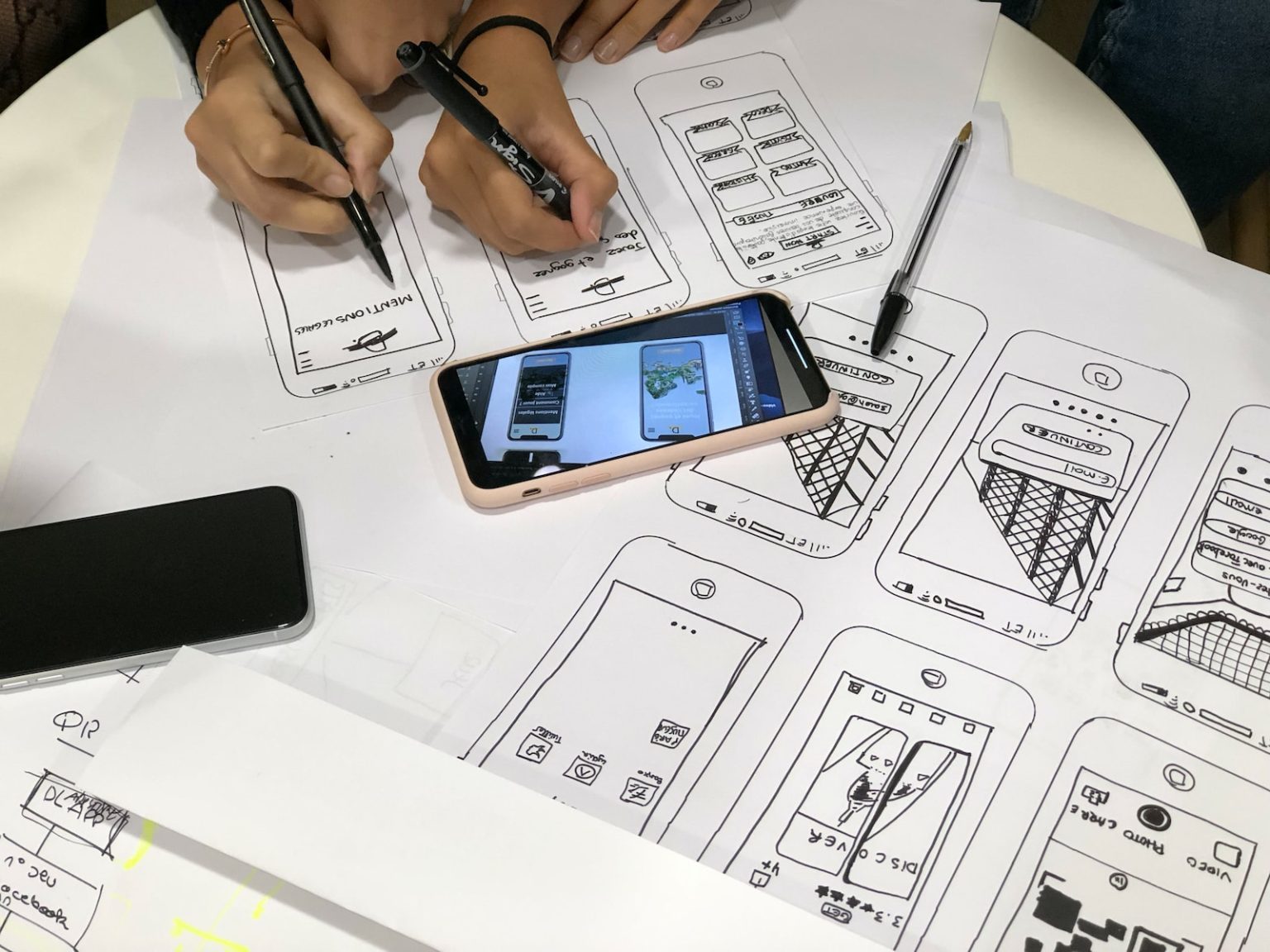As mobile devices become increasingly ubiquitous, designing for mobile has become a critical aspect of any digital project. However, there are common mistakes that designers make when creating mobile designs that can negatively impact the user experience. In this article, we’ll discuss some of the most common mobile design mistakes and provide tips for overcoming them.
1. Cluttered Screens
One of the most common mistakes in mobile design is creating cluttered screens that overwhelm users with too much information. This can lead to confusion, frustration, and a poor user experience. To avoid this mistake, focus on creating a clean and simple design that prioritizes the most important information. Use whitespace to help separate elements and make it easier for users to navigate the screen.
2. Inconsistent Navigation
Another common mistake is inconsistent navigation. Users expect a consistent experience across all screens and pages, but this can be difficult to achieve on mobile devices where screen real estate is limited. To overcome this challenge, use standard navigation patterns and make sure that buttons and menus are easy to find and use.
3. Poor Typography
Typography is a critical component of mobile design, but it’s often overlooked. Poor typography can make it difficult for users to read and understand the content on the screen. To avoid this mistake, choose fonts that are easy to read and use appropriate font sizes and line spacing. Use bold and italics sparingly to emphasize important information.
4. Slow Load Times
Mobile users expect fast load times, but many designers overlook this critical aspect of mobile design. Slow load times can lead to frustration and a poor user experience. To overcome this challenge, optimize images and other media for mobile devices and use a content delivery network (CDN) to speed up load times.
5. Lack of Feedback
Mobile users expect immediate feedback when they interact with an app or website. However, many designers overlook this critical aspect of mobile design. To overcome this challenge, provide feedback in real-time when users interact with buttons or other elements on the screen. Use animations or other visual cues to let users know that their actions have been registered.
In conclusion, designing for mobile devices requires careful attention to detail and a focus on creating a simple, intuitive user experience. By avoiding common mobile design mistakes such as cluttered screens, inconsistent navigation, poor typography, slow load times, and lack of feedback, designers can create mobile designs that are both effective and enjoyable to use.




